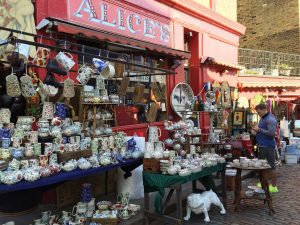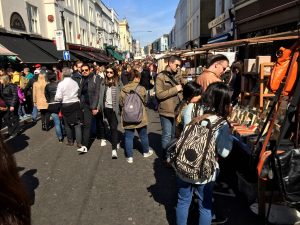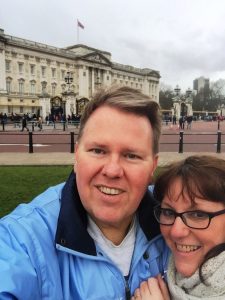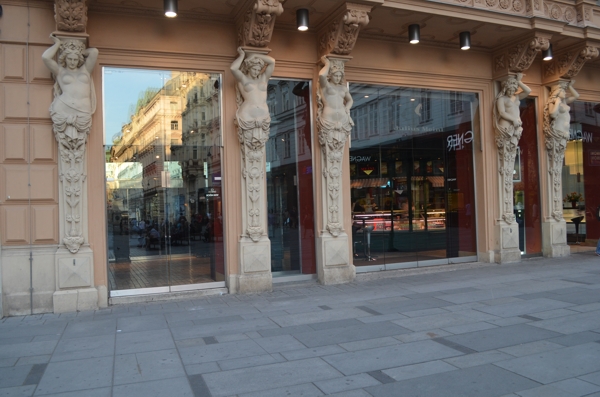
We are at our last post about our trip to Vienna. So far we have covered staying in a Tyrolean cottage, musical restrooms, our search for the ultimate Sacher Torte, and the sad tale of the Empress Sisi. But now we want to share just a few more sights we enjoyed and we also want to show one way to save a small bundle on attractions if you decide to visit this historic city.
One of our most memorable visits in the city was to the Kunsthistorisch (Art History) Museum in the Neue Burg (New Palace). The inside of the
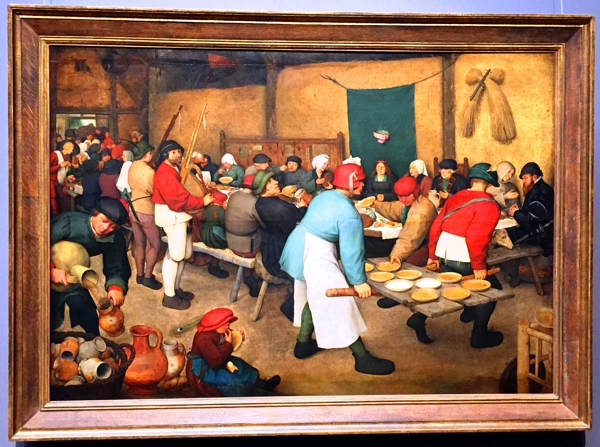
building was a marvel in itself before we ever saw any of the exhibits. Emperor Franz Joseph had this museum built to house the imperial collections and he spared no expense. If you spend much time in Europe, you inevitably see a lot of the great works of western art. These collections
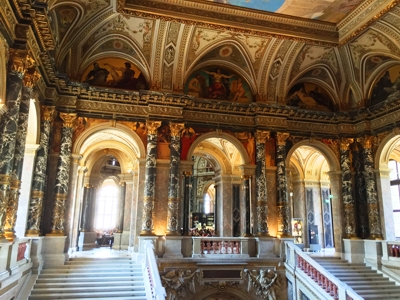
were among the very best we’ve seen. We saw masterpieces by Dürer, Raphael, Rembrandt, Rubens, and Vermeer, as well as the world’s largest collection of works by Bruegel. I saw a lot of works that I could remember seeing in textbooks when I was a child. It was quite an experience for us to wander gallery after gallery and gaze in person upon these incredible pieces that show up regularly as illustrations in books and magazines.
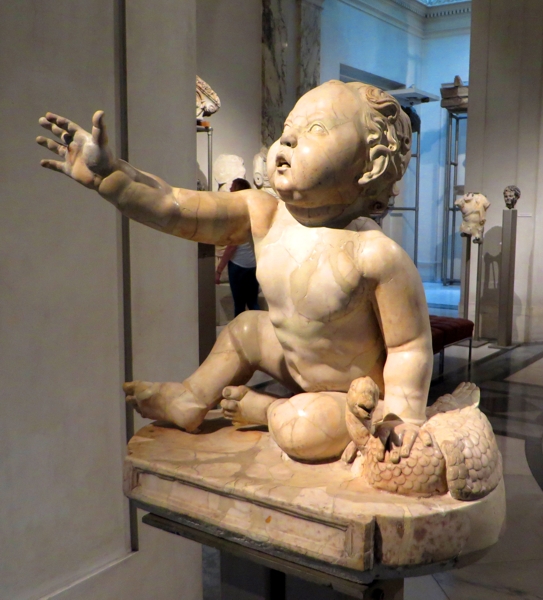
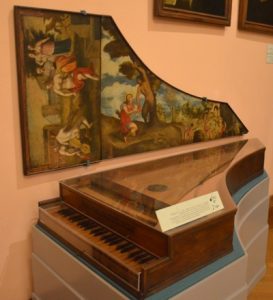
The museum also housed a wonderful collection of Historic Musical Instruments. This was a real treat for us. Vienna is known for its legacy of magnificent composers. Gazing upon some of the actual instruments used in their day was quite inspiring. Many of these not only played melodies but were also beautiful works of art.
In addition to art and music we visited the huge exhibit of medieval arms and armor. We walked through room after room filled with some of the most spectacular and elaborately adorned full-sized suits of armor, as well as hunting and ceremonial weapons. There was even a collection of magnificent saddles for the well-dressed steed of the late Middle Ages and Renaissance. We ended up our day viewing the Egyptian and Near Eastern Collection, where we entered an Egyptian burial chamber and saw an incredible assortment of Greek and Roman Antiquities.
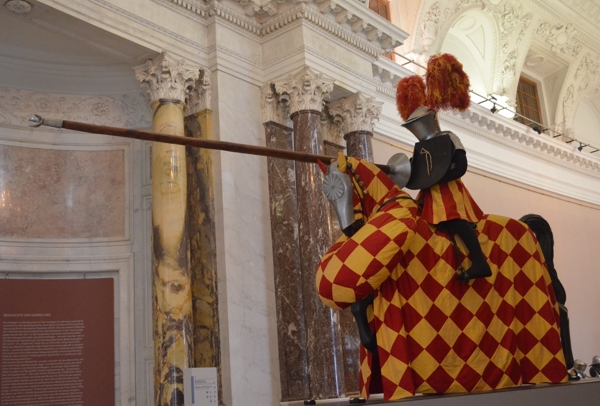
Vienna is filled with a multitude of things to see and of course we couldn’t manage them all. But if you ever do plan to visit this incredible city, be sure to take advantage of the Vienna Pass. This little card gave us free entry into over 60 of Vienna’s most popular attractions and museums for one price. It not only saved us a bundle but it also in many cases allowed us to skip the long lines of people waiting for tickets. We were able to show our cards at various attractions and get waved through, to the consternation and somewhat irritated looks from those stuck in the line. For a brief, shining moment we knew what it must feel like to be a celebrity. If you ever plan a trip to Vienna, this is a must. For more information you can check out their website at: https://www.viennapass.com/. Highly recommended.
Vienna is truly a magical place and we want to visit there again. But there are so many places we still want to see before it’s time to go home. Keep checking back here and see where we go next!


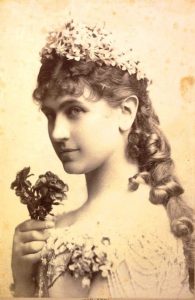
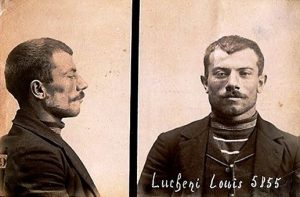
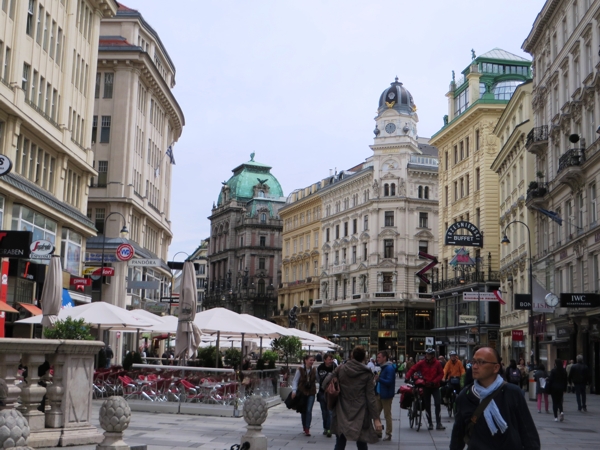
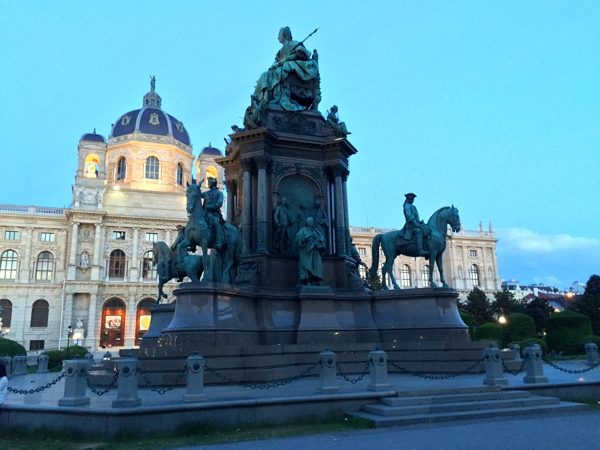
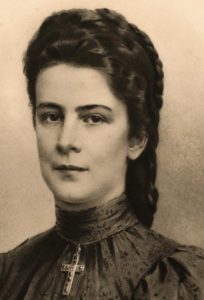
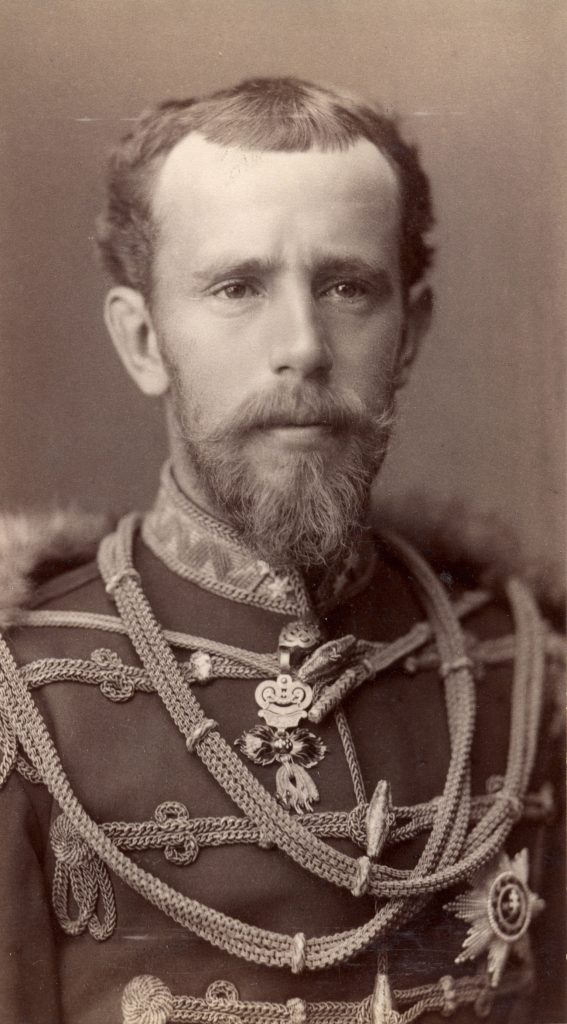
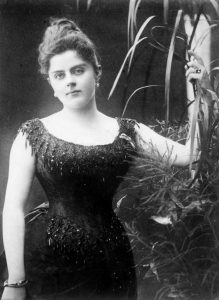
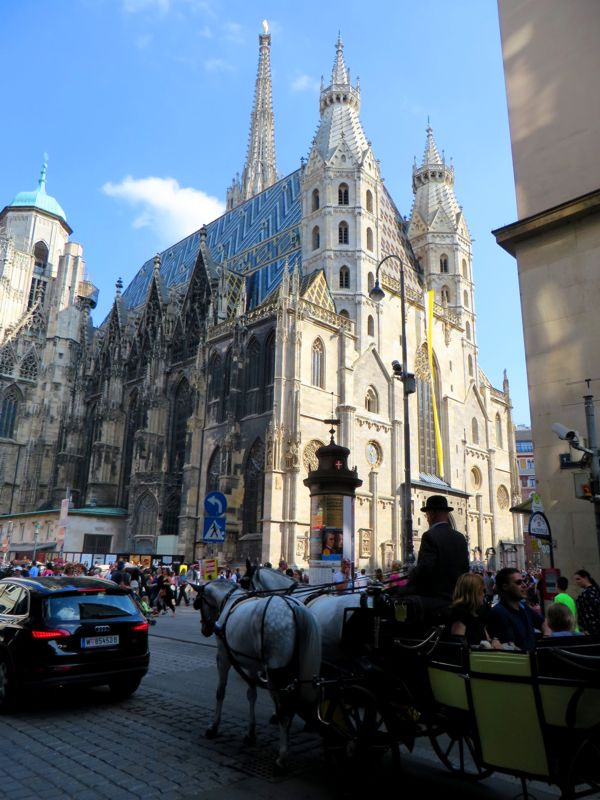
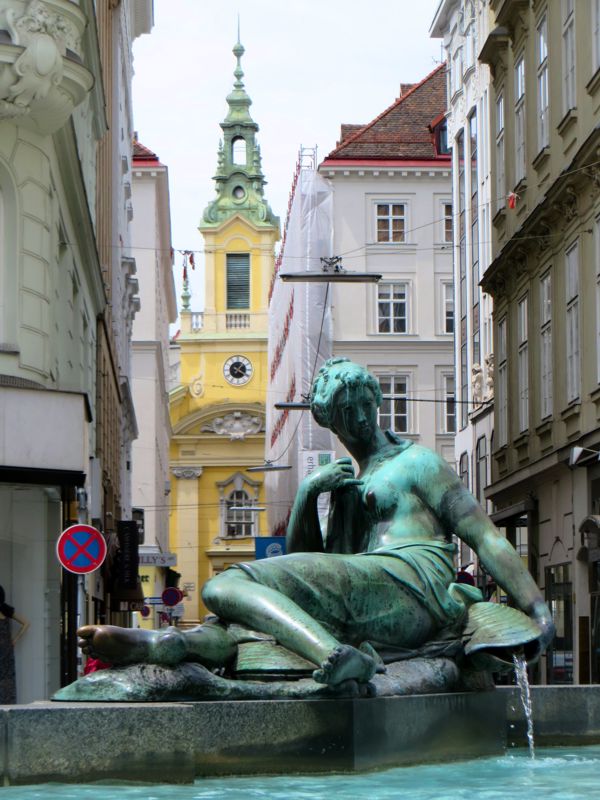
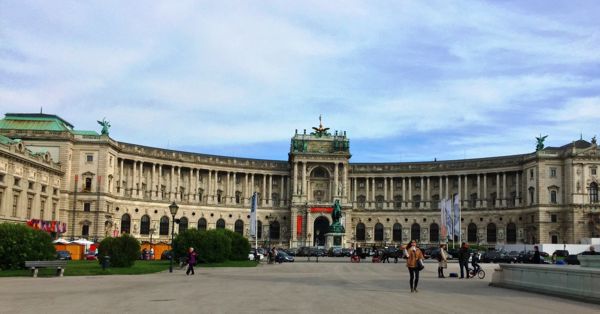
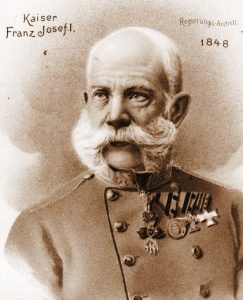
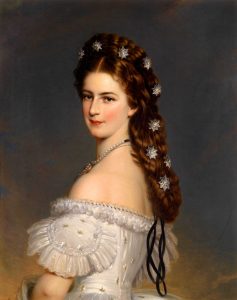
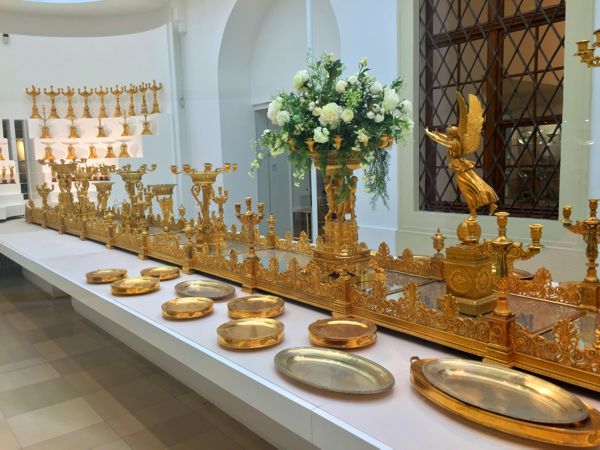
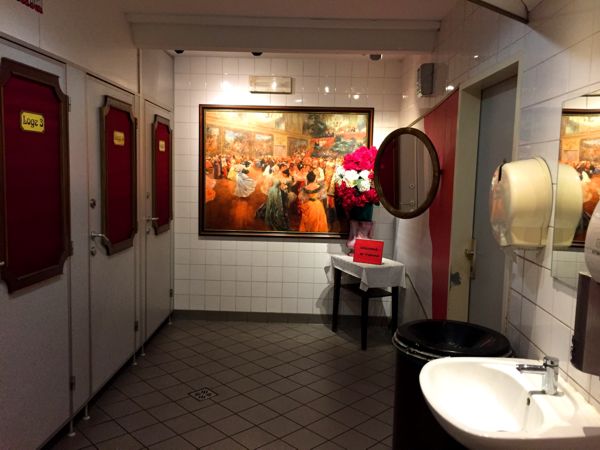
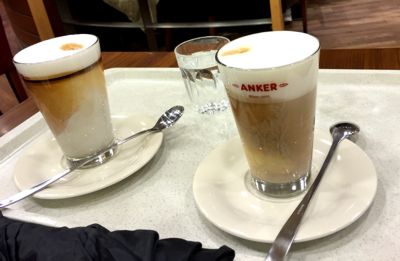
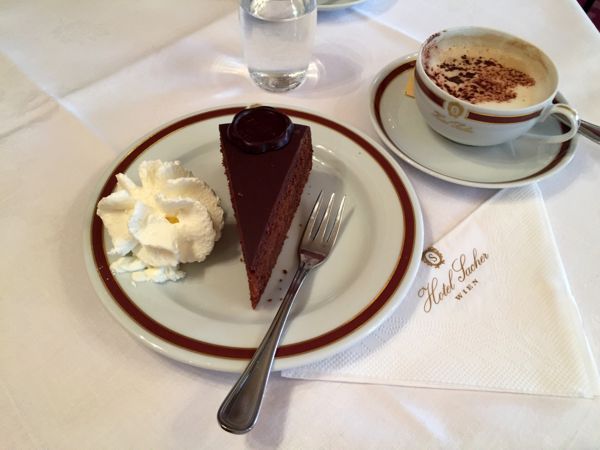
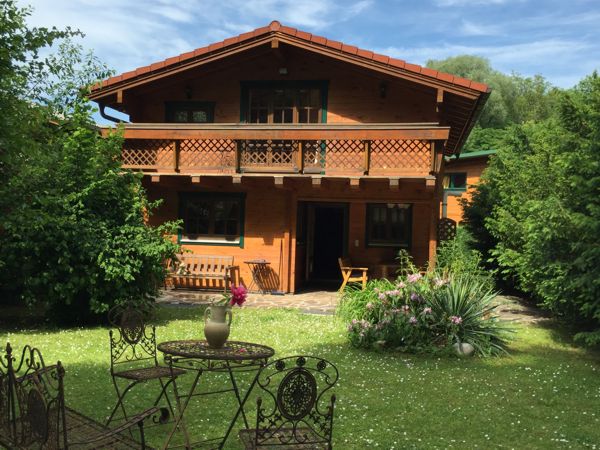
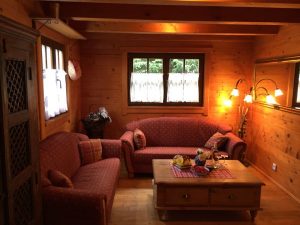
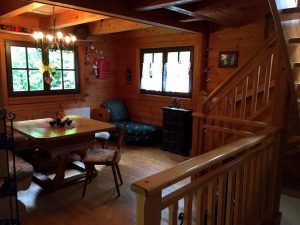
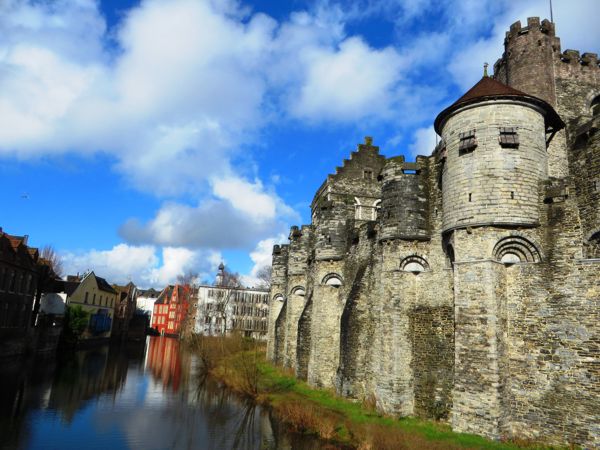
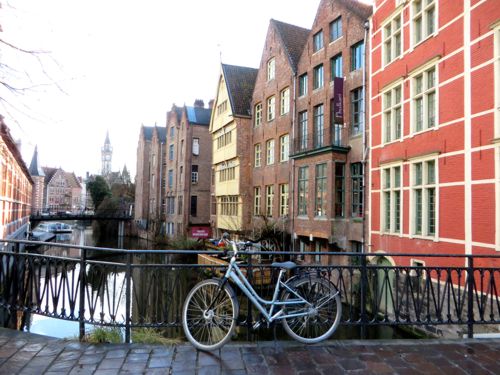
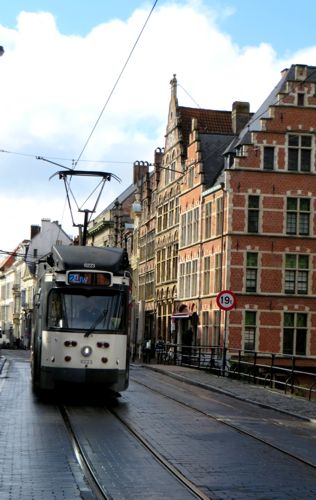
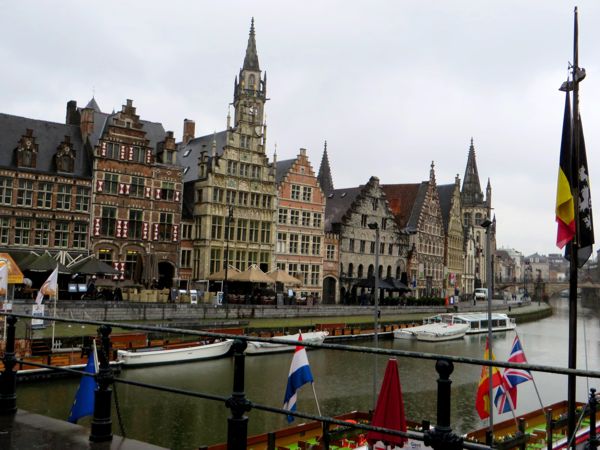
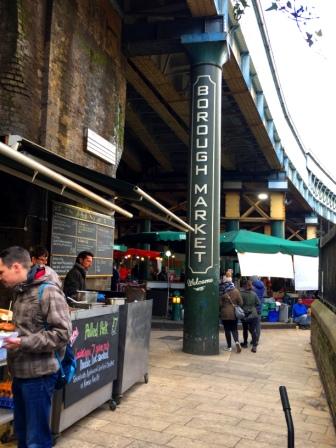
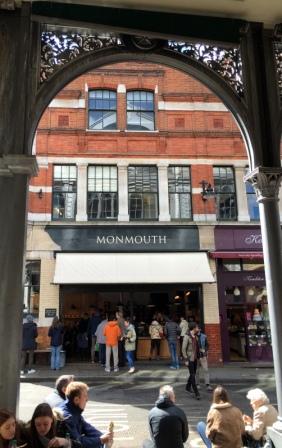
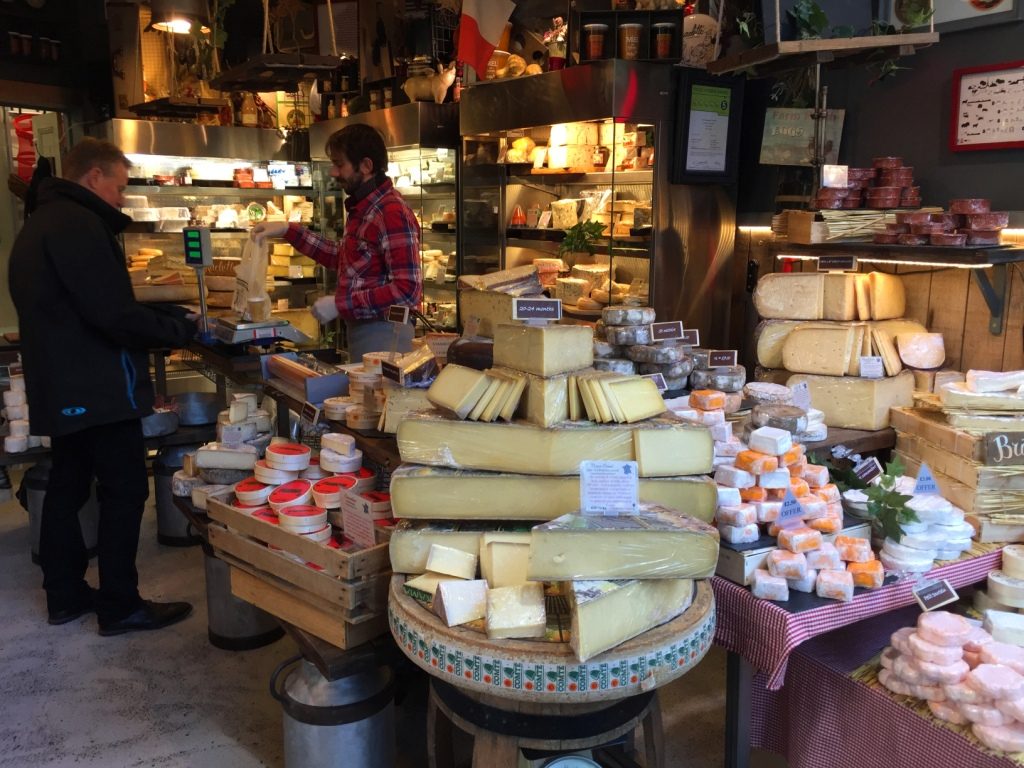
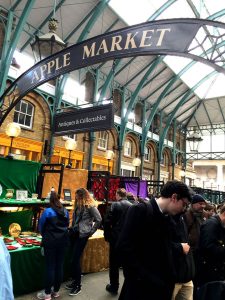
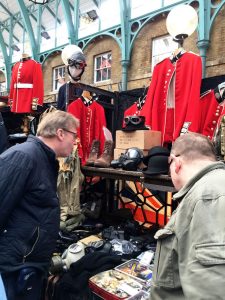 cheap to take-out-a-second-mortgage expensive.
cheap to take-out-a-second-mortgage expensive.